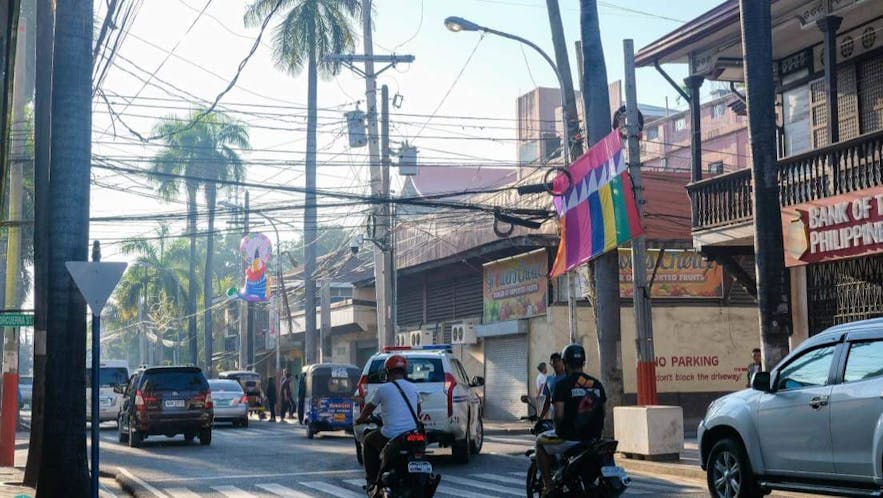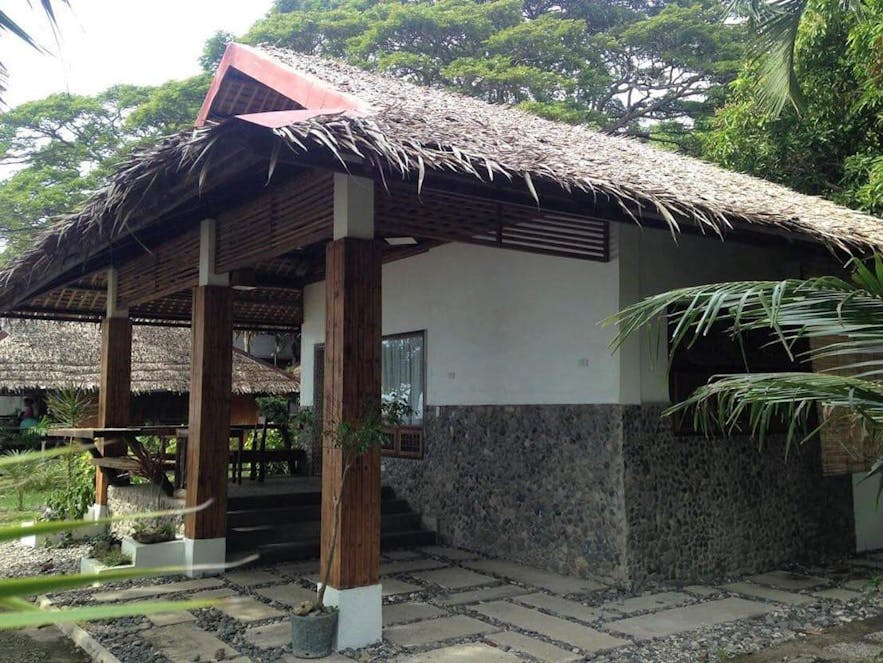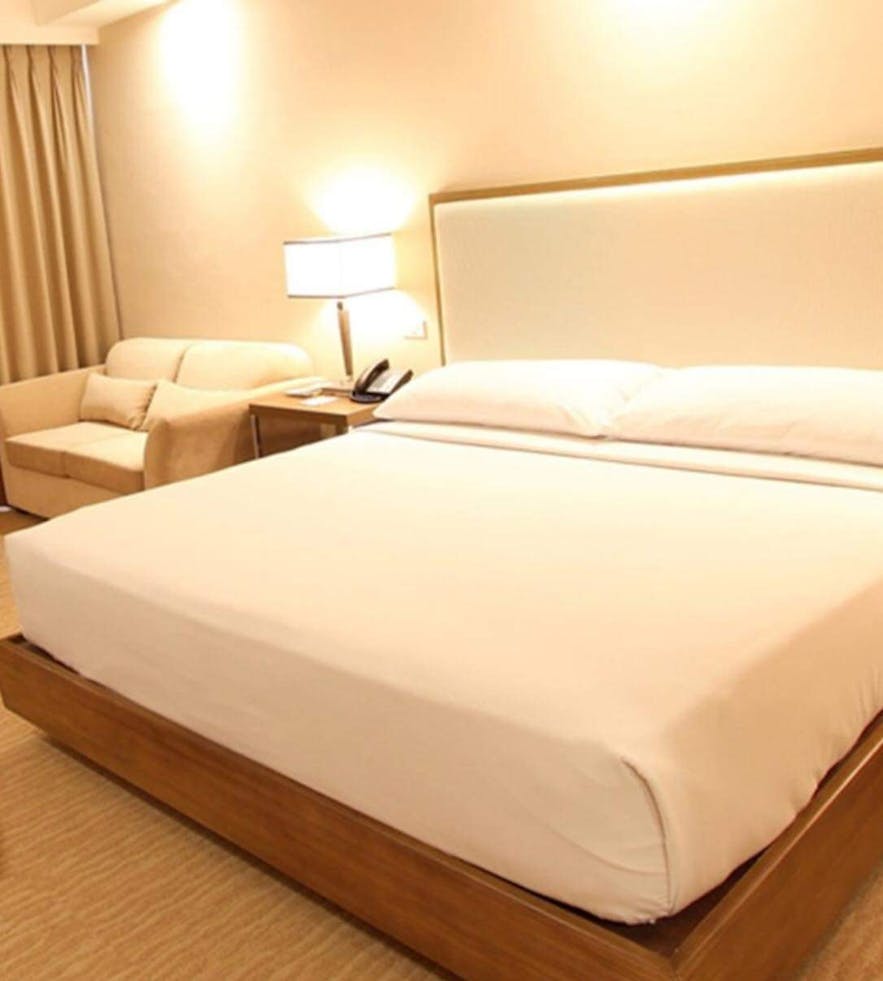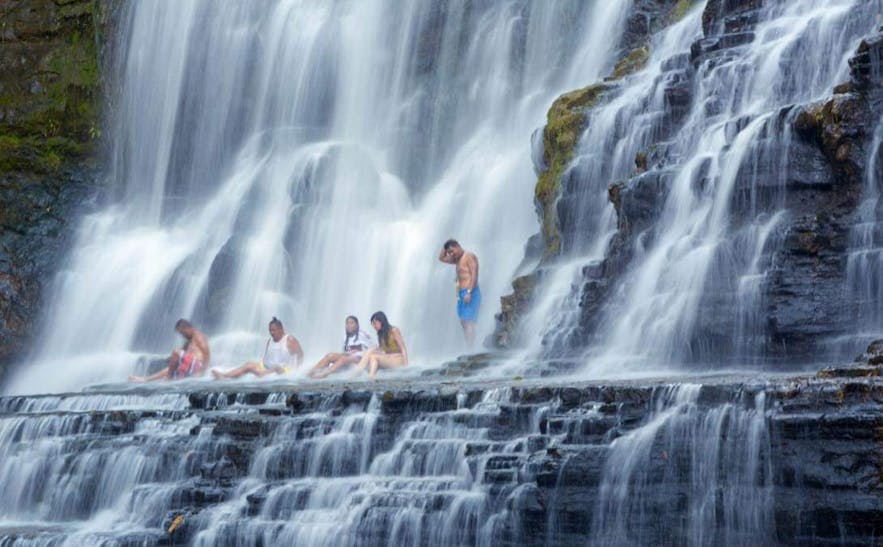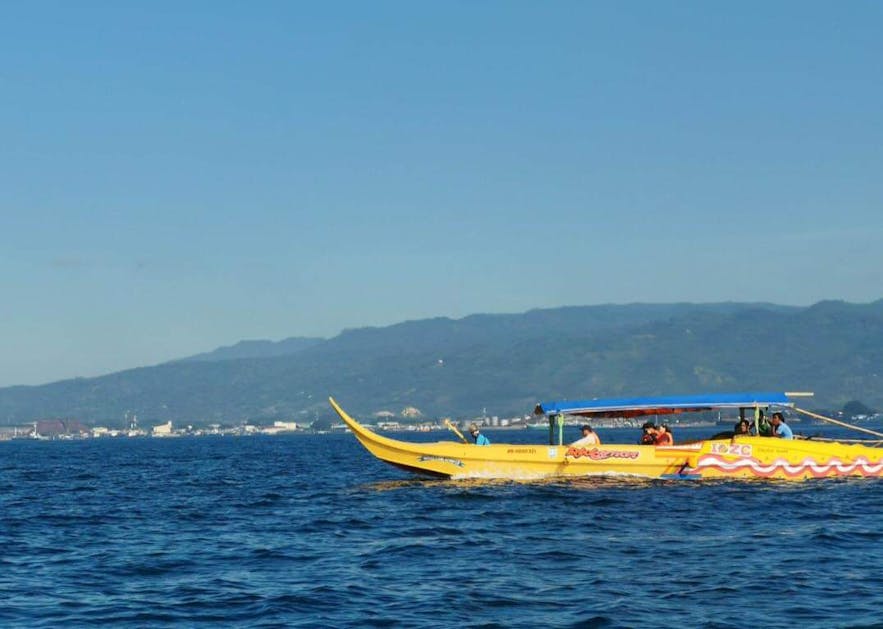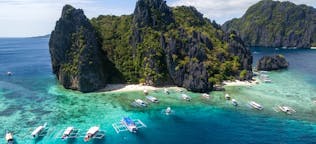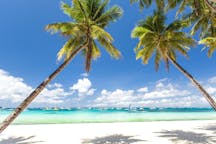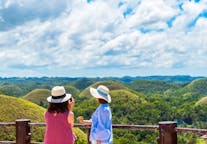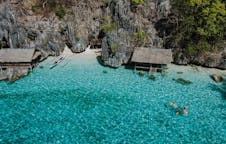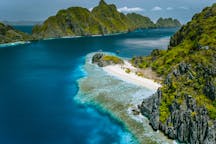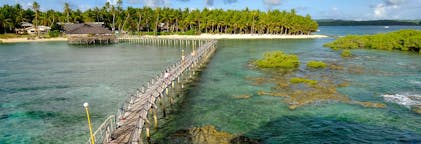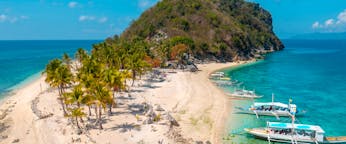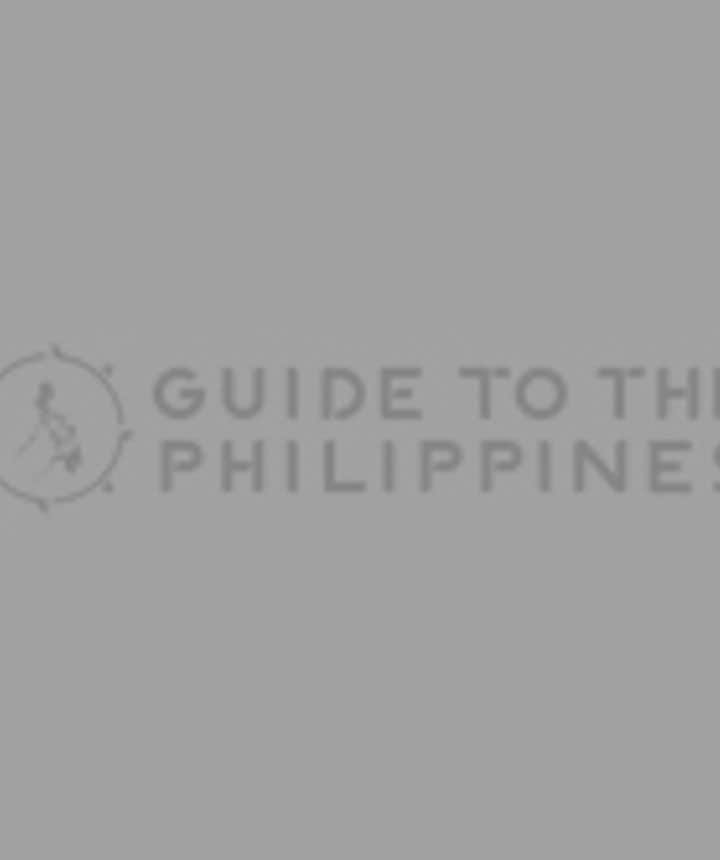
The Beauty of Zamboanga City
Explore Zamboanga City, known as the “City of Flowers,” and one of the most important and busiest port cities in the Philippines. Bursting with a diverse culture and rich history, Zamboanga City possesses a charm that would satisfy the curious traveler.
According to a widely accepted claim, the Philippines' Zamboanga City got its name from the Malay word "Jambangan", which means "flower garden". It's also referred to as "Asia's Latin City" due to traces of Hispanic influences as evidenced by the Spanish-colonial establishments that can still be seen around.
The city’s main language of Chavacano, a Spanish-based creole language, is said to be based on 80% Spanish and the rest from a mixture of Tagalog, Hiligaynon, Portuguese and Italian.
Situated in Southern Mindanao, Zamboanga City usually avoids most of the typhoons that land in the Philippines all year-long, making it a sunny-weathered city. However, when a typhoon hits, expect flooding to occur in major roads.
So, please check the 7-day weather forecast before planning your trip. Rains do still occur during the monsoon months from June to early October. Climate conditions averages from a low of 24 °C to a high of 33 °C.
October | Hermosa Festival and Regatta Festival
If you want to time your visit to cultural revelries, there are three major festivals held in Zamboanga City for you to choose from:
Hermosa Festival, one of the biggest festivals in the Philippines, held all throughout the month of October. It features a colorful street parade merriment honoring the city's patron saint Nuestra Señora del Pilar (Our Lady of the Pillar).
Also called as "Fiesta Pilar", the celebration also comprises of different events such as art fairs, musical concerts, sporting events, Chavacano singing contest and a cultural program called "Wow Zamboanga" which aims to promote local culture, cuisine and talents.
Also held every month of October coinciding with the Hermosa Festival, the Regatta Festival or Regatta de Zamboanga features a fluvial racing contest comprising of the colorful iconic vintas of Zamboanga City.
A traditional outrigger boat of used by Mindanaoans for many centuries, a Vinta is highlighted by a vibrant hull with imaginatively sewn sails—truly personifying the Chavacano word of “Hermosa”, which means “beautiful”.
Spectators on this festival will get to witness these beautiful vintas sail on the waters of the Zamboanga Peninsula. In recent years, more than 1,000 vintas manned by two people has participated in this festival every year.
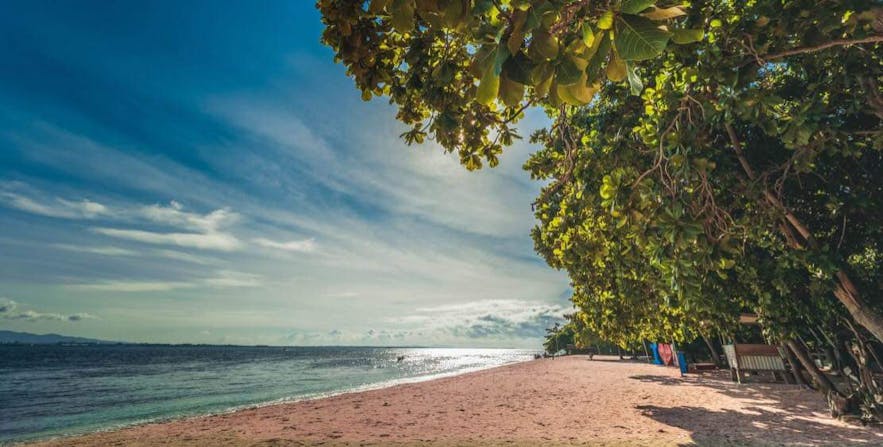
As a major port city, Zamboanga City serves as one of the main transportation hubs of Mindanao and is easily accessible by land, sea, and air.
By Plane
While there are still no international flights available, Zamboanga International Airport (ZAM) is well-connected to other domestic cities by air.
Philippine Airlines flies daily to Zamboanga from Manila and Davao while Cebu Pacific Air has flights from Manila, Davao, Cebu, Tawi-Tawi, and Cotabato City.
By Bus
Daily buses from Ozamis, Dapitan, Cagayan de Oro, Iligan, and Pagadian takes travelers to Zamboanga Integrated Transport Terminal. The main bus line plying the route of Zamboanga City to other places in Mindanao is Rural Transit Bus.
Their buses are painted with a reddish and orange livery. Bus travel from Cebu and Bacolod is also possible on a Ceres Bus Liner via a RORO ferry connection.
By Boat
2GO Travel ferries passengers every Sunday from Manila's Pier 4 to Zamboanga City. Travel time is around 40-45 hours. 2GO also have passenger ships sailing to Zamboanga from Cebu, Dumaguete, Davao, Dipolog, Iloilo and General Santos. Schedules from these destinations vary from weekly to bi-weekly only.
The Port of Zamboanga is considered as an international port of entry. It services sea routes from Sandakan, Malaysia via the Aleson Shipping Company. Other sea travel options include Weesam, Montenegro and Aleson passenger ferries from Jolo in Sulu, Bongao in Tawi-Tawi and Isabela City in Basilan.
By Car
Zamboanga City is located at the southern end of the Pan-Philippine Highway or the Asian Highway 26. This means you can reach the city by car via this highway connecting to Pagadian, Cotabato, Davao, General Santos, and Surigao—basically linking to most of Mindanao. If you're coming from Davao, you can rent a car in Davao and drive yourself to Zamboanga City.
Getting Around Zamboanga.
Zamboanga City is easily navigable and accessible to all sorts of vehicles. The leading mode of public transportation here are the jeepneys and tricycles, with some buses connecting commuters to neighboring cities.
In some areas, UV shuttle vans are also available the city center is located very near the airport making it easier for any traveler to get around the city upon arrival.
Where to Stay in Zamboanga
Contrary to its incorrect perception that Zamboanga City is a danger zone for travelers, the city has seen steady growth in the number of tourist arrivals during the last several years.
As a result, several new hotels, resorts, and family-own inns and bed and breakfast started operations to meet up with the growing demand.
In Zamboanga City, you can find a wide number of accommodation options that will fit your budget from vacation home rentals, inns and hotels, beach resorts, and even luxury ones.
Accommodation Highlights
To help you prepare for your trip to Zamboanga City, here are some accommodation highlights divided into three budget categories to make life easier for you in planning your Zamboanga getaway.
Luxury Accommodations
Garden Orchid Hotel
Photo by Garden Orchid Hotel
Located strategically across the Zamboanga International Airport, the 4-star Grand Orchid Hotel is the city's biggest and most upscale accommodation. It has more than 200 rooms, a swimming pool, physical fitness gym, sauna room, business center and a travel agency.
What to See and Do in Zamboanga City
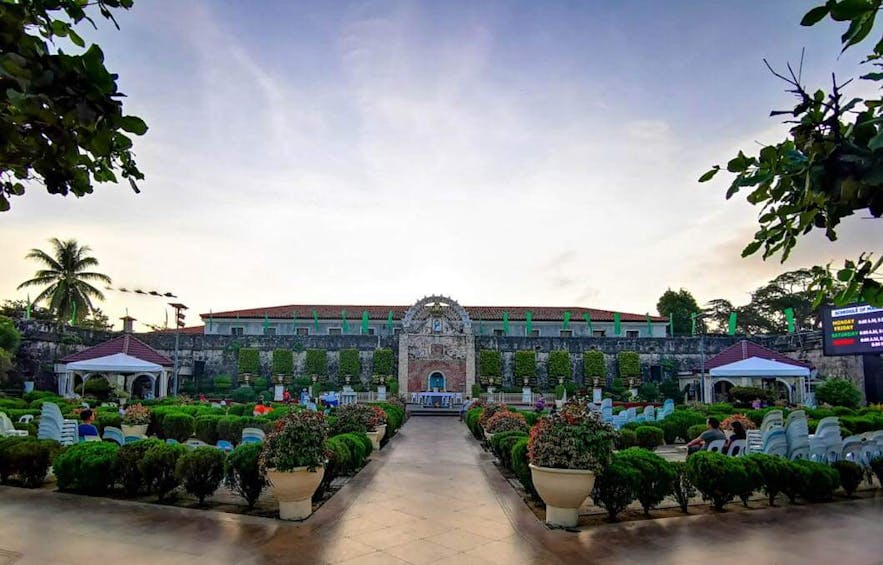
Selected by the Department of Tourism as a flagship destination to promote the area of Zamboanga Peninsula, the city has seen continuous growth in tourism arrivals in the last several years.
To help you list down the places you might want to visit in Zamboanga here are some of the must-visit places to see in the city.
Go Island Hopping at Once Islas (Eleven Islands)
Zamboanga City is becoming a known destination for beach-goers because of this emerging eco-cultural tourism destination known as the "Once Islas" (pronounced as "On-se").
This group of islands is composed of eleven mostly uninhabited islands located off the coast of Barangays Dita and Panubigan, was first groomed as a tourist destination in July 2018.
Today, the Once Islas is a site of an eco-tourism program where low-impact activities such as kayaking, swimming and hiking are practiced. An island-hopping tour in Once Islas is highly recommended.
Strict carrying capacity of 200 people is enforced to ensure sustainable tourism development in all the white sandy islands of Once Islas.
Explore Sta. Cruz Island's Pink Beach and Mangroves
Pink Beach on Sta. Cruz Island in Zamboanga
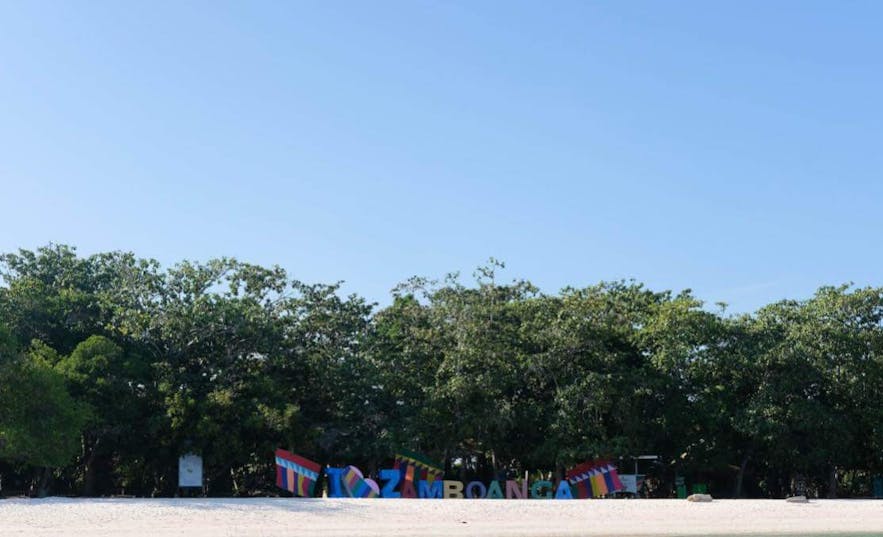
Swim in Merloquet Falls
Another popular side-trip destination in Zamboanga City, is this picturesque waterfall located some 70 kilometers east of the city in Barangay Sibulao. The two-tiered Merloquet Falls is around 10 meters high and approximately 25 meters wide.
It is highlighted by a spectacular wall of chiseled rock formations where you can climb up to enjoy the streaming cool waters. It can be reached by a short 15-minute hike from the highway in Sibulao. An excursion in Merloquet Falls is worth the time and budget.
Fort Pilar Shrine in Zamboanga City
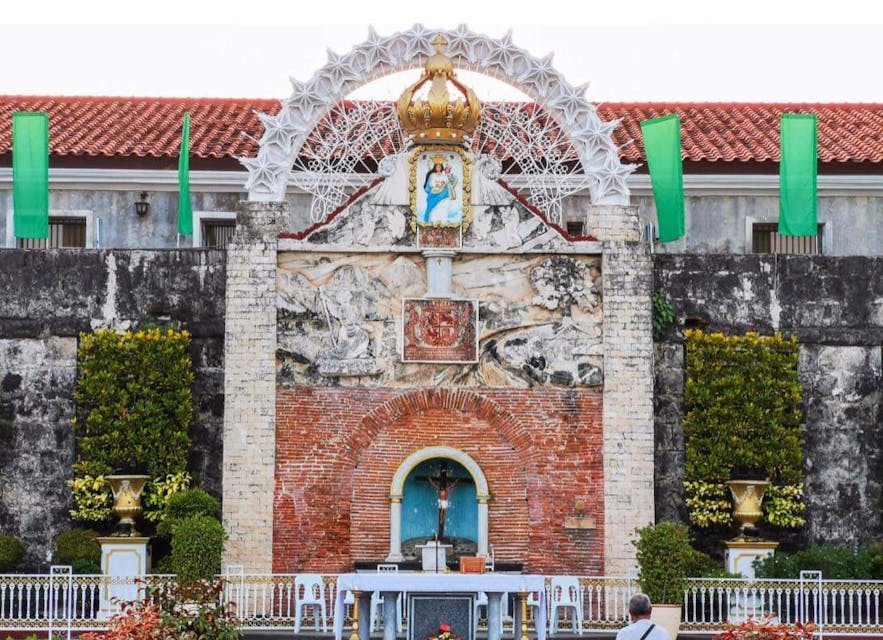
National Museum of Zamboanga
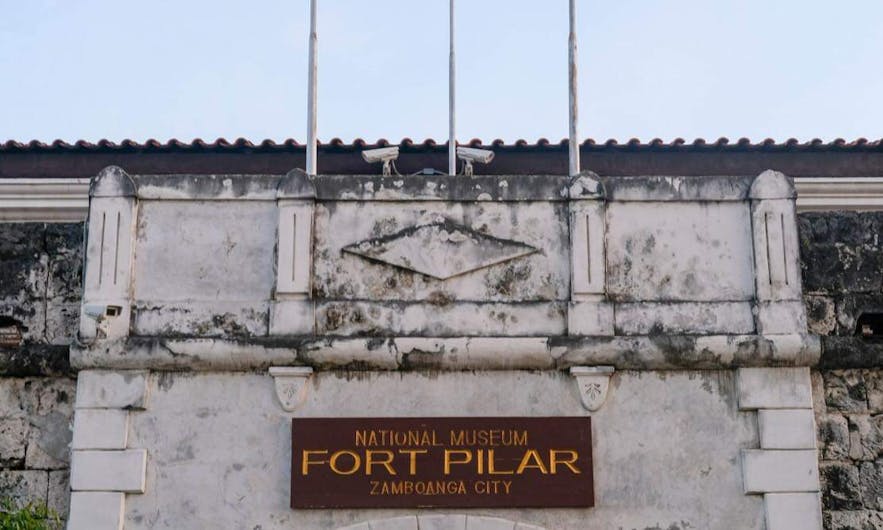
Marvel at the Architecture of Zamboanga City Hall
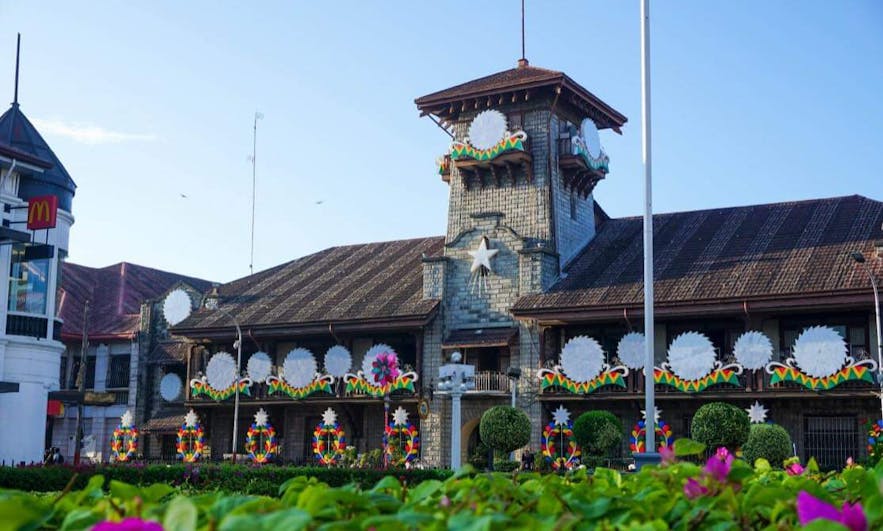
Considered by the National Historical Commission of the Philippines as a National Historical Site, Zamboanga City Hall was first built in 1905 and finished in 1907. The Zamboanga City Hall is a perfect example of a Filipino Colonial Architectural design.
Plaza Rizal in Zamboanga City

Across the city hall is Plaza Rizal, where a white statue of Dr. Jose Rizal stands. This cultural landmark is included in a heritage tour in Zamboanga.
Visit the Metropolitan Cathedral of Zamboanga
Metropolitan Cathedral of Zamboanga
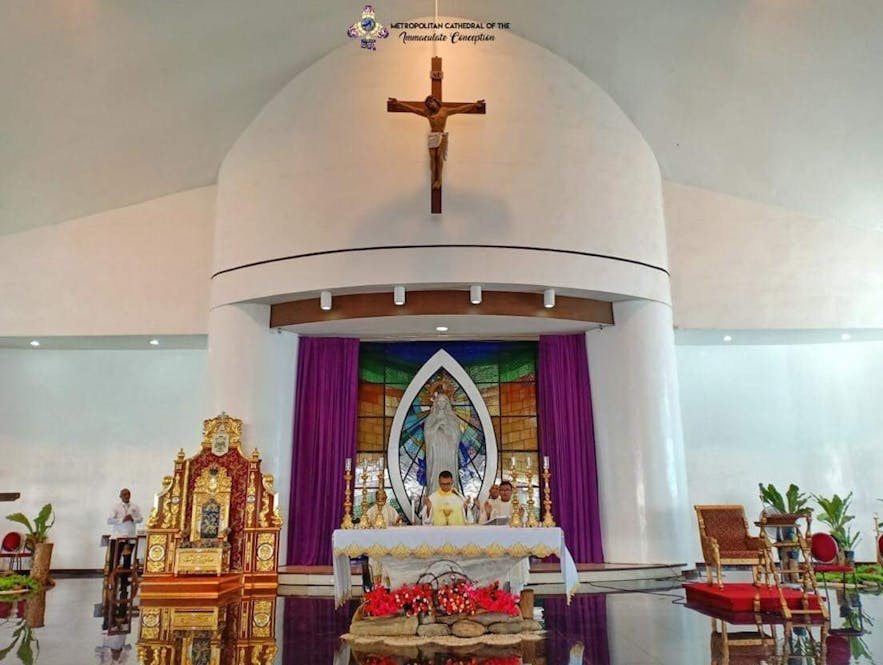
Built in early 2000, this cathedral is famous for its candle-like design and the marble statue of Immaculate Concepcion designed by Napoleon Abueva—a Philippine National Artist for Sculpture.
Beside the cathedral, you can enter a columbarium where you will see stained-glass images of the 12 apostles. Metropolitan Cathedral of the Immaculate Conception is located at La Purisima Street in downtown Zamboanga.
Recommended Best Restaurants and Bars
As a melting pot of various Southeast Asian, Chinese and even Spanish cultures, Zamboanga is filled with a variety of food options.
From staple seafood dishes cooked with added twist to Muslim delicacies bursting with rich flavors and the rest of local cuisine prepared Chavacano-style, there’s lot to crave for and taste in the city of Zamboanga.
For many, the city’s gastronomic scene is very underrated and should be considered as among the best in the Philippines. It's why a lot of travelers focus on doing a food and cultural tour in Zamboanga.
To help you plan your food exploration of Zamboanga City, here are some of the city’s finest and highly recommended dining places:
Alavar Seafood Restaurant
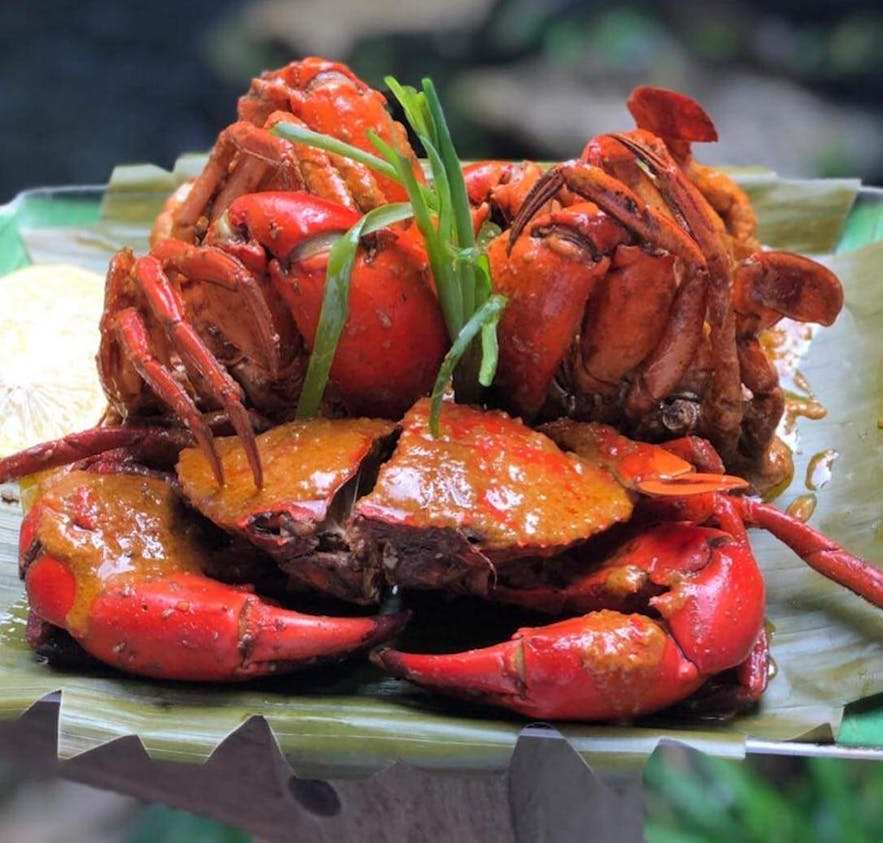
Using your bare hands, crack the shell open to reveal the thick and juicy meat inside. Don’t forget to smother it in the restaurant’s signature Alavar sauce!
You will be surprised at how many crabs you’ve licked clean, as the Curacha is a delight to the taste buds. Other must-try dishes at Alavar include the dinuguan cooked Chavacano style, prawn curry, grilled tuna jaw, pinakbet Chavacano, Paella Chavacano and many more.
Practical Information and Tips
For a hassle-free and convenient trip to Zamboanga City, it's important to read up on these practical tips. These will be very useful especially if it’s your first time in Zamboanga:
Currency
Philippine Peso (PHP) is the main currency used in Zamboanga City. Money Changers such as Sitti's Money Changer, MOHD Money Changer and Hesham's Money Changer can be found in the downtown area of the city as well at the airport and in SM City Zamboanga and KCC Mall.
Withdrawing money from an Automated Teller Machine (ATM) isn’t a problem in Zamboanga City, as leading banks such as BDO, BPI, Metrobank and Security Bank have several ATM outlets all over the city center.
Language
The language in Zamboanga is Chavacano (a Spanish-based Creolo language), but English, Tagalog and Hiligaynon are also widely spoken in all of Zamboanga City. However, it is still music to the ears of the locals if tourists exert effort in speaking their language.
Here are some useful Chavacano phrases you could use in conversing with residents of Zamboanga City.
"Bienvenidos" - "Welcome"
"Buenas Dias and Buenas Noches" - "Good morning" and "Good evening"
"Muchisimas Gracias" - "Thank you very much"
"Cosa, Porque, Onde, Quando, Paquelaya" - "What, Why, Where, Where, When, How"
"Que tal lu" - "How are you?"
"Buen dia" - "Have a nice day"
"Cuanto esti" - "How much is this?"
Safety Concerns
Zamboanga City has been unfairly portrayed as an unsafe city. Truth is, Zamboanga City is considered a generally safe city no different than other cities in the Philippines.
Of course, be wary of isolated incidents of scammers and pick-pockets. Also, don’t let the sight of military checkpoints frighten you.
Other interesting blogs

Download the Philippines’ biggest travel marketplace to your phone to manage your entire trip in one place
Scan this QR code with your phone camera and press the link that appears to add the Philippines’ biggest travel marketplace into your pocket. Enter your phone number or email address to receive an SMS or email with the download link.



